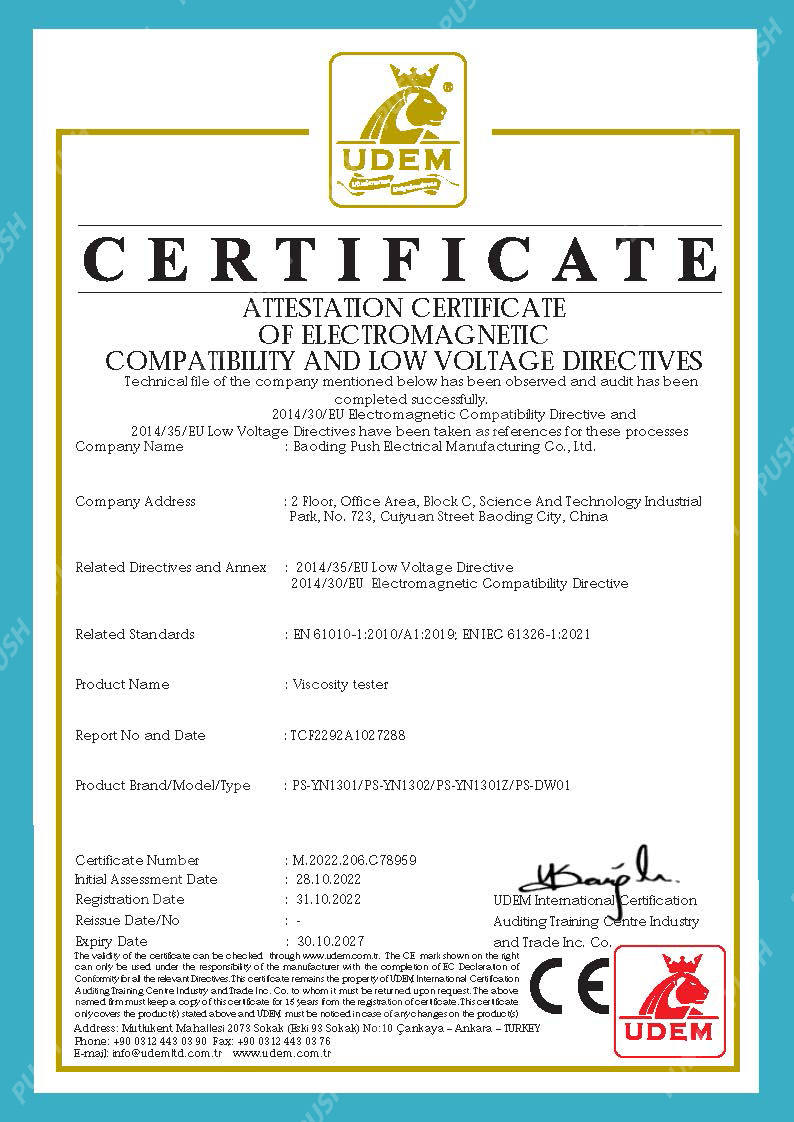 English
English



-
 Afrikaans
Afrikaans -
 Albanian
Albanian -
 Amharic
Amharic -
 Arabic
Arabic -
 Armenian
Armenian -
 Azerbaijani
Azerbaijani -
 Basque
Basque -
 Belarusian
Belarusian -
 Bengali
Bengali -
 Bosnian
Bosnian -
 Bulgarian
Bulgarian -
 Catalan
Catalan -
 Cebuano
Cebuano -
 China
China -
 China (Taiwan)
China (Taiwan) -
 Corsican
Corsican -
 Croatian
Croatian -
 Czech
Czech -
 Danish
Danish -
 Dutch
Dutch -
 English
English -
 Esperanto
Esperanto -
 Estonian
Estonian -
 Finnish
Finnish -
 French
French -
 Frisian
Frisian -
 Galician
Galician -
 Georgian
Georgian -
 German
German -
 Greek
Greek -
 Gujarati
Gujarati -
 Haitian Creole
Haitian Creole -
 hausa
hausa -
 hawaiian
hawaiian -
 Hebrew
Hebrew -
 Hindi
Hindi -
 Miao
Miao -
 Hungarian
Hungarian -
 Icelandic
Icelandic -
 igbo
igbo -
 Indonesian
Indonesian -
 irish
irish -
 Italian
Italian -
 Japanese
Japanese -
 Javanese
Javanese -
 Kannada
Kannada -
 kazakh
kazakh -
 Khmer
Khmer -
 Rwandese
Rwandese -
 Korean
Korean -
 Kurdish
Kurdish -
 Kyrgyz
Kyrgyz -
 Lao
Lao -
 Latin
Latin -
 Latvian
Latvian -
 Lithuanian
Lithuanian -
 Luxembourgish
Luxembourgish -
 Macedonian
Macedonian -
 Malgashi
Malgashi -
 Malay
Malay -
 Malayalam
Malayalam -
 Maltese
Maltese -
 Maori
Maori -
 Marathi
Marathi -
 Mongolian
Mongolian -
 Myanmar
Myanmar -
 Nepali
Nepali -
 Norwegian
Norwegian -
 Norwegian
Norwegian -
 Occitan
Occitan -
 Pashto
Pashto -
 Persian
Persian -
 Polish
Polish -
 Portuguese
Portuguese -
 Punjabi
Punjabi -
 Romanian
Romanian -
 Russian
Russian -
 Samoan
Samoan -
 Scottish Gaelic
Scottish Gaelic -
 Serbian
Serbian -
 Sesotho
Sesotho -
 Shona
Shona -
 Sindhi
Sindhi -
 Sinhala
Sinhala -
 Slovak
Slovak -
 Slovenian
Slovenian -
 Somali
Somali -
 Spanish
Spanish -
 Sundanese
Sundanese -
 Swahili
Swahili -
 Swedish
Swedish -
 Tagalog
Tagalog -
 Tajik
Tajik -
 Tamil
Tamil -
 Tatar
Tatar -
 Telugu
Telugu -
 Thai
Thai -
 Turkish
Turkish -
 Turkmen
Turkmen -
 Ukrainian
Ukrainian -
 Urdu
Urdu -
 Uighur
Uighur -
 Uzbek
Uzbek -
 Vietnamese
Vietnamese -
 Welsh
Welsh -
 Bantu
Bantu -
 Yiddish
Yiddish -
 Yoruba
Yoruba -
 Zulu
Zulu
testing a step down transformer
Testing a Step-Down Transformer A Comprehensive Guide
A step-down transformer is a crucial component in electrical systems, particularly when it comes to reducing voltage levels for safe and efficient power distribution. This article aims to outline the process of testing a step-down transformer, identify the key parameters to monitor, and highlight best practices to ensure accurate results.
Understanding Step-Down Transformers
Before diving into the testing procedures, it is essential to understand what a step-down transformer is. This electrical device converts high voltage from the primary side to a lower voltage on the secondary side while maintaining power conservation. The transformation ratio defines how much the voltage is reduced, typically expressed as a ratio such as 101, indicating the output voltage is one-tenth of the input voltage.
Preparation for Testing
1. Safety First Before conducting any tests, ensure that all necessary safety precautions are in place. Use insulated tools, wear appropriate personal protective equipment (PPE), and ensure the working environment is safe from hazards.
2. Select the Right Equipment It is crucial to have the right tools for testing, including a multimeter, an oscilloscope, and an insulation resistance tester. These devices will help you measure voltage, current, impedance, and insulation resistance accurately.
3. Visual Inspection Before any electrical testing, perform a thorough visual inspection of the transformer. Look for signs of damage such as discoloration, cracks in the casing, or any unusual odors that may suggest overheating or electrical failure.
testing a step down transformer

Key Testing Procedures
1. Voltage Verification The first step in testing a step-down transformer is to verify the input and output voltages. Connect the multimeter to the primary and secondary terminals while the transformer is energized. Ensure the input voltage matches the specified rating, and measure the output voltage to confirm it's within the expected range.
2. Current Measurement Using a clamp meter, measure the current on both the primary and secondary sides. The current should reflect the transformation ratio—if the input current is 10A, the output current in a 101 transformer should ideally be around 100A, assuming no losses.
3. Insulation Resistance Testing Use an insulation resistance tester to check the quality of the insulation within the transformer. A healthy transformer should exhibit high insulation resistance, often greater than 1 MΩ. A low reading may indicate potential breakdown or moisture ingress.
4. Winding Resistance Measurement Measuring the resistance of both primary and secondary windings can identify any anomalies. High resistance readings could point to damaged windings or poor connections.
5. Temperature Monitoring It is crucial to monitor the temperature of the transformer during operation. An increase in temperature may indicate overloading, inadequate ventilation, or internal short circuits.
Conclusion
Testing a step-down transformer is vital to ensure its reliable operation and longevity. By following a structured testing procedure, one can quickly identify any issues that could lead to failures or hazards. Regular testing not only helps maintain system efficiency but also enhances overall safety. Understanding the operational characteristics of a step-down transformer and employing a systematic approach to testing will aid in effective maintenance and troubleshooting, ultimately contributing to improved power management in various applications.
-
Testing Equipment Industry Sees Major Advancements in 2025: Smart & Precision Technologies Lead the WayNewsJun.06,2025
-
Applications of Direct Current Generators in Renewable Energy SystemsNewsJun.05,2025
-
Hipot Tester Calibration and Accuracy GuidelinesNewsJun.05,2025
-
Digital Circuit Breaker Analyzer Features and BenefitsNewsJun.05,2025
-
Benefits of Real-Time Power Quality Monitoring Devices for Industrial EfficiencyNewsJun.05,2025
-
Earth Fault Loop Testing in High-Rise Building Electrical SystemsNewsJun.05,2025



